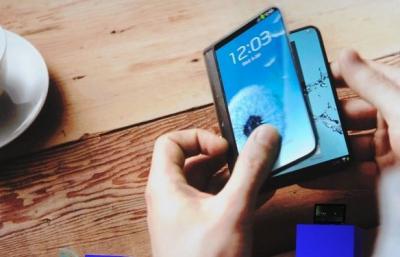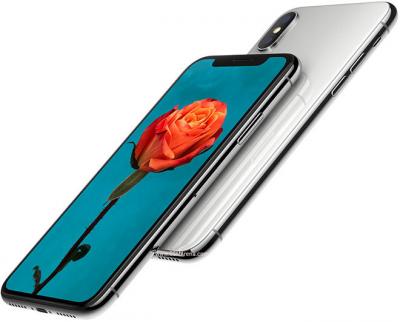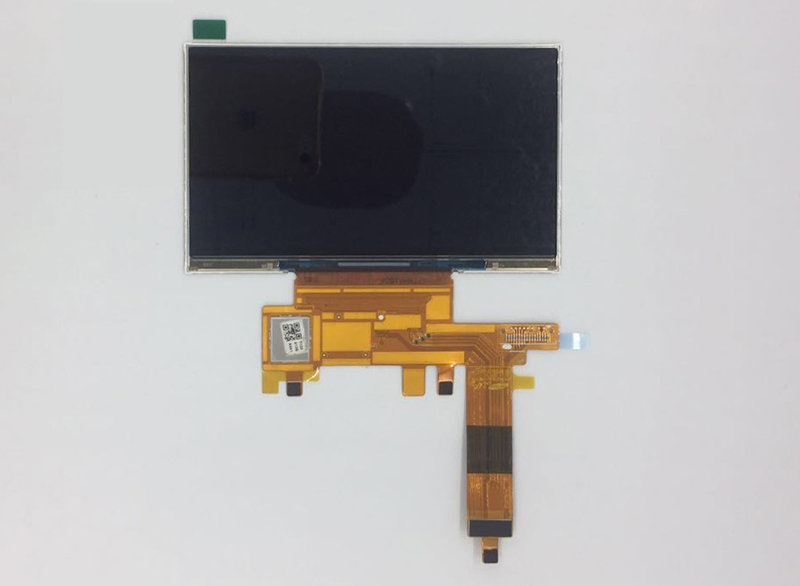Is Samsung looking at Micro-LEDs for its next-gen premium TVs?
A report from Korea suggests that Samsung is accelerating its effort to develop a Micro-LED based TV. The company is currently focused entirely on QD-LEDs for its premium TVs but is looking for alternative technologies as it fails to increase its market share in this segment.

Samsung is said to be looking at several alternatives - one of which is to acquire Taiwan-based PlayNitride - a deal that was first reported on OLED-Info in April 2017. Samsung aims to first use micro-LED technologies for its cinema LED screens, and then apply it to home-based TVs as well.
DSCC updates their OLED forecasts up, sees over $60 billion in revenues by 2022
Market research company DSCC has updated their OLED models, as the company sees more capital spending then before and a larger OLED market going forward.

The OLED market in general will grow 57% in 2017, according to DSCC, to reach $23.2 billion. Growth will continue to be strong with a 50% increase in 2018 (to $34.9 billion) and a CAGR of 27% from 2016 to 2022. In 2022 the market will surpass $60 billion.
Google announces the Pixel 2 and Pixel 2 XL OLED smartphones
Google announced its 2nd-generation own-brand smartphones, the Pixel 2 and Pixel 2 XL. The Pixel 2, produced by HTC, sports a 5-inch FHD (441 PPI) AMOLED display (made by SDC), a Snapdragon 835 chipset, 4GB of RAM, 64/128 GB of storage and a 12 MP camera.
![]()
The Pixel 2 XL, manufactured by LG, has similar features, but with a larger 6" QHD+ (537 PPI) pOLED display - made by LGD.
Will Samsung's 2018 foldable phone fold inwards or outwards?
Samsung has been developing foldable display technologies for many years, and it seems that a foldable phone/tablet is always just around the corner. Samsung is getting closer to a commercial release, though, and earlier this month Samsung's Mobile Business group President says that it hopes to have a foldable phone in the market in 2018.

One of the interesting questions is what kind of device will Samsung launch? In 2016 we heard that Samsung is developing two basic device types - a phone that turns into a tablet and a phone that turns into a smartwatch. The focus currently seems to be on a phone/tablet device. But will it be out-foldable or in-foldable?
Clearance sale of Samsung's 4.95" 960x544 AMOLED displays
Our display supplier in China has just received a large quantity of 4.95" 960x544 (222 PPI) AMOLED displays, produced by 2011 in Samsung. These AMOLEDs are now offered at around half of their regular price.
The supplier has over 100,000 units - and this may be a great opportunity to get these panels at a low cost - contact us for more details. These 4.95" AMOLED displays 3-wire SPI and MIPI DSI interfaces, a size of 116.54 x 73.92 mm (active area 109.44 x 62.02 mm) and a thickness of 1.6 mm. You can find more information over at the OLED Marketplace.
Updates from the TADF symposium: Cynora's latest blue, SDC and LGD hopeful on TADF
A few days ago, Cynora hosted the 2017 International TADF Symposium in Frankfurt, Germany. Cynora reports that about 150 attendees from all over the world listened to experts from the industry and academia and were updated on the latest news regarding TADF OLED emitters.

Cynora itself showed an update on its latest blue emitter. The company now has material that features a CIEy of 0.18 (target - 0.1), EQE of 14% (target 15%) and a lifetime of 10 hours LT97 at 700 nits (target is over 100 hours). Cynora says that development is progressing well and it is confident it will reach its target material performance by the end of the year.
Cynora announces its Series-B funding round, raises €25 million from Samsung and LG
Cynora announced that it finalized its Series-B funding round. Both Samsung (via Samsung Ventures) and LG Display participated in this round which totaled €25 million. Both LGD and samsung will also establish separate joint development efforts to assist in advancing Cynora's R&D.

Cynora did not disclose how much did each company invest, although earlier reports suggested that LG invested €15 million while Samsung invested €10 million.
Samsung Electronics hopes to release a foldable-OLED smartphone in 2018
Samsung has been developing foldable display technologies for many years, and it seems that a foldable phone/tablet is always just around the corner. At a recent press event, Samsung Electronics' Mobile Business group President Koh Dong-Jin updated on the company's foldable smartphone plans.

Foldable OLED concept (2013)
According to Mr. Dong-Jin, Samsung Electronics hopes to release a phone with a bendable display in 2018. However Samsung still faces some technical challenges to overcome so this is still not a hard set target.
Apple announces the iPhone X with a 5.8" flexible Super AMOLED
Yesterday Apple announced its new iPhone lineup which includes the flagship iPhone X that, as expected, features a 5.8" 1125x2436 (458 PPI) flexible Super AMOLED display that covers almost the entire front of the phone. Apple's first OLED iPhone will ship in November starting at $999.

Some reports suggest that SDC is only able to supply a limited number of displays to Apple which will severely limit iPhone X shipments.
KGI Securities estimates that SDC's flexible OLEDs will cost apple $120 per unit
KGI Securities' analyst Ming-Chi Kuo estimates that SDC charges Apple $120 to $130 for each flexible OLED display to be used in the upcoming iPhone OLED edition. Ming-Chi says that the 5.5" LCD used in the iPhone 7+ costs $45-$55.
SDC is the exclusive supplier of OLEDs to Apple (mostly because no other company can produce such high quality displays and at such high volumes) and so can enjoy a high premium on its flexible OLEDs. Other estimates we hear, though, say that the price premium of SDC's flexible OLEDs is only about $50 over a competing LCD. It is a bit difficult to compare these two kinds of displays, though, as flexible OLEDs offer functionality that LCD cannot compete with.
Pagination
- Previous page
- Page 61
- Next page




